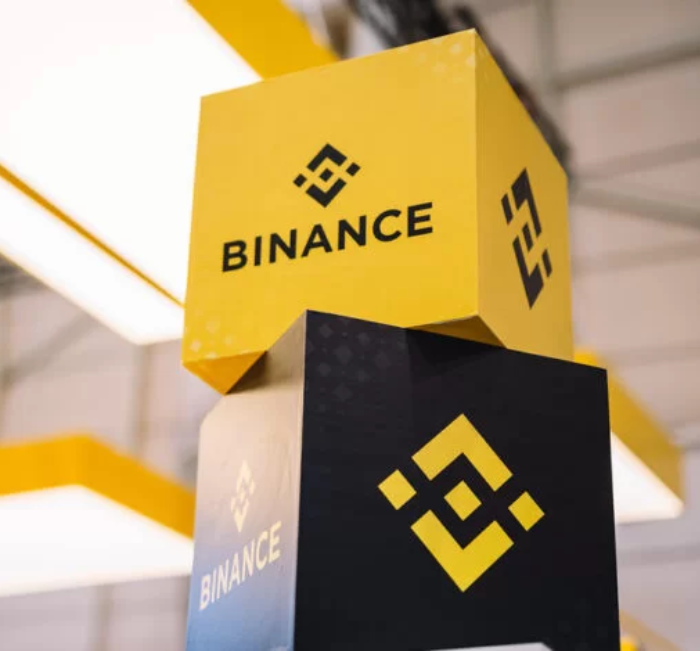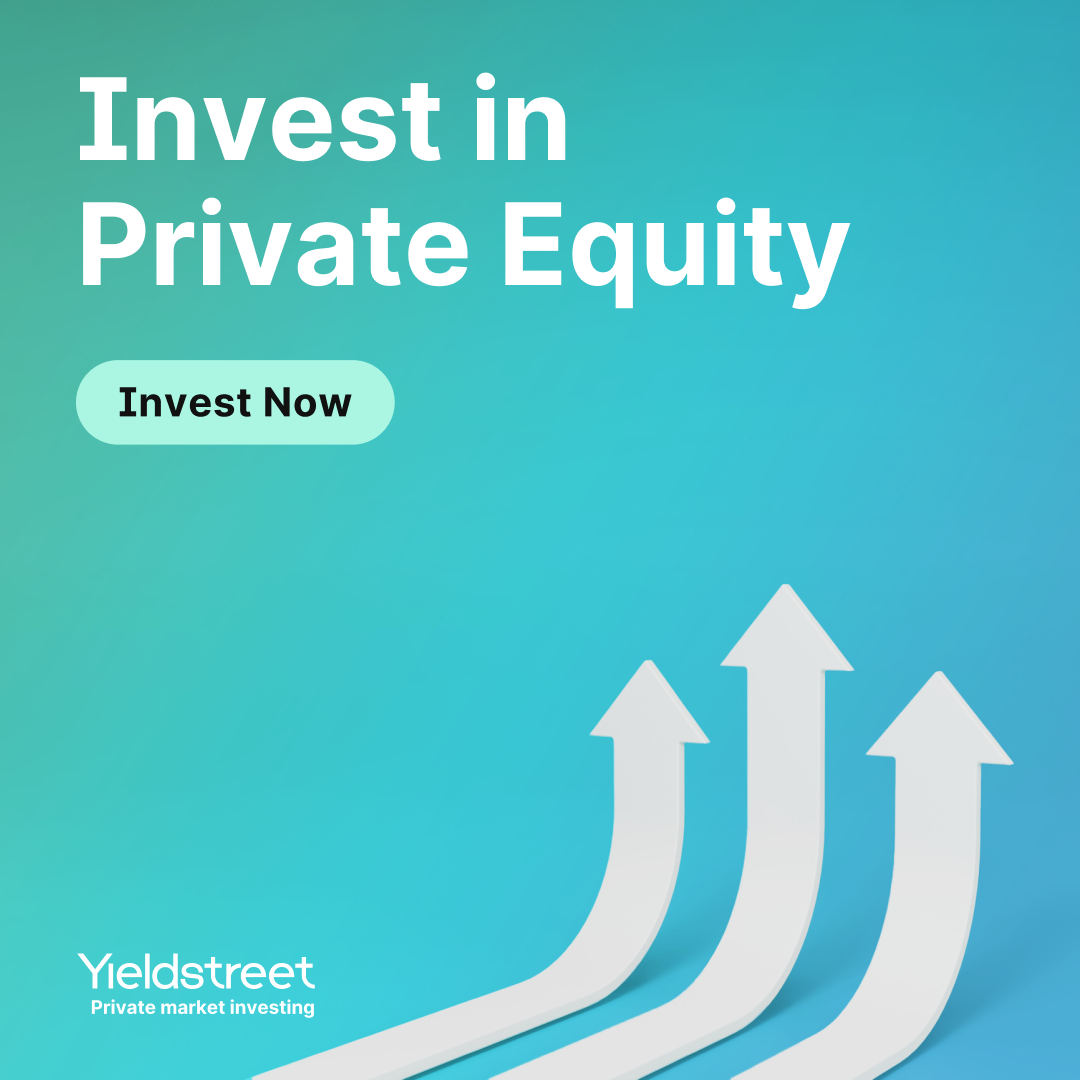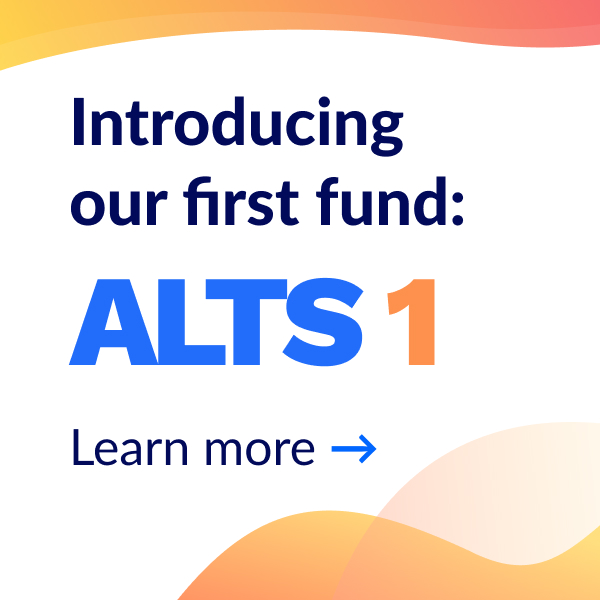Welcome to our Crypto Insider for March 11th, 2022 – FREE edition. By popular demand, we’re bringing you the smartest insight, analysis, and investing tips for all things Crypto.
Today’s is another special issue – we’ll do a deep dive into alternative coins (“altcoins”) and offer you the scoop on what altcoins are, the pro’s and con’s, and how to find the good ones.
(This is a follow-up to last week’s issue on stable coins, which you can read up on here in case you missed it.)
Let’s go!
Table of Contents
What are altcoins?
In cryptocurrency, there is a lot of slang to learn. Altcoins, or “alternative coins,” is certainly one of the most common and important terms to know.
Altcoins are any cryptocurrency apart from Bitcoin.
In fact, there are more than 15,000 “altcoins” according to CoinMarketCap, and plenty more that the site doesn’t track.
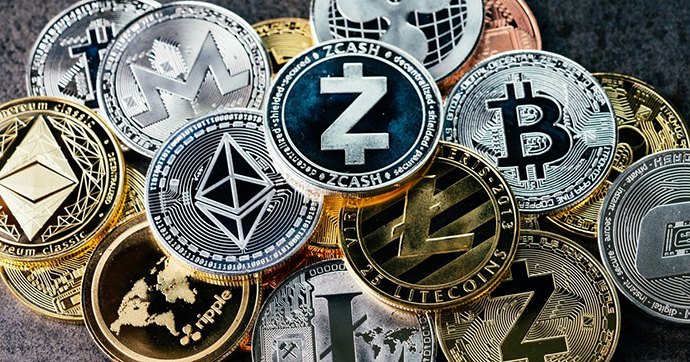
Buying altcoins gives you price exposure to cryptocurrency projects and should be considered a volatile investment, even for cryptocurrency.
Some examples of altcoins include:
- $ETH (Ethereum)
- $USDC (USD Coin)
- $JEWEL (Defi Kingdoms)
- $MATIC (Polygon)
- $ETH (Ethereum)
- $USDC (USD Coin)
- $JEWEL (Defi Kingdoms)
- $MATIC (Polygon)
You probably recognize some of these projects if you’ve been following this newsletter – all of these have been featured prominently in at least one issue.
Speaking of past issues, in our analysis of Pantera’s Fund, we discussed how they invest in early-stage tokens. Given that these would be altcoins, this is why we said that the approach had high risk.
Background to altcoins
After the success of Bitcoin, new altcoins started popping up left and right, and this is still true to this day. While there are plenty of legit altcoins like $ETH and $MATIC, there are a lot of scammy coins that offer either no value or are just plain rug pulls.
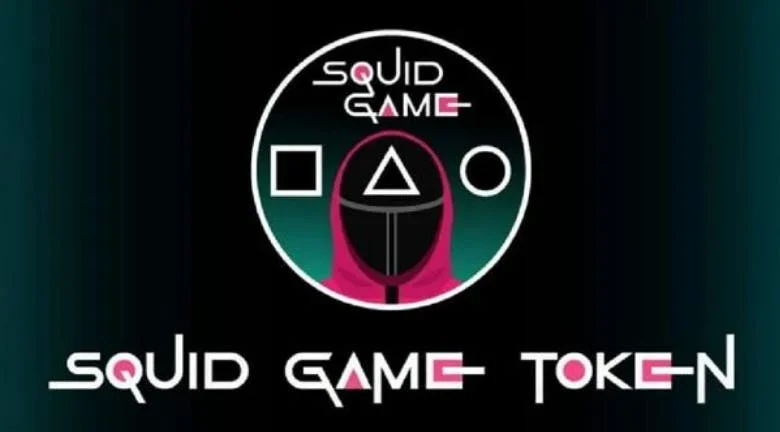
Even if projects are legit, it’s still a bit of a crapshoot to find out which projects will be successful and many equate investing in altcoins to investing in penny stocks.
And even the most successful altcoins often follow $BTC’s price movement, only the fluctuations are often more extreme. For example, when $BTC drops 10%, it’s not uncommon to see altcoins drop 30%-50%.
On the other hand, when $BTC is pumping and goes up 10%, you often see altcoins moon to 30%-100%.
Even though there’s certainly some luck in finding good altcoins, there is still a method to the madness of determining which one(s) to invest in.
While there is certainly risk in investing in altcoins, there are also plenty of rewards. For example, $AVAX and $SOL shot up more than 100x in 2021. They both went from being small, risky altcoins to being very successful projects in that year. In fact, both of them have drawn comparisons to $ETH, the largest altcoin by far.
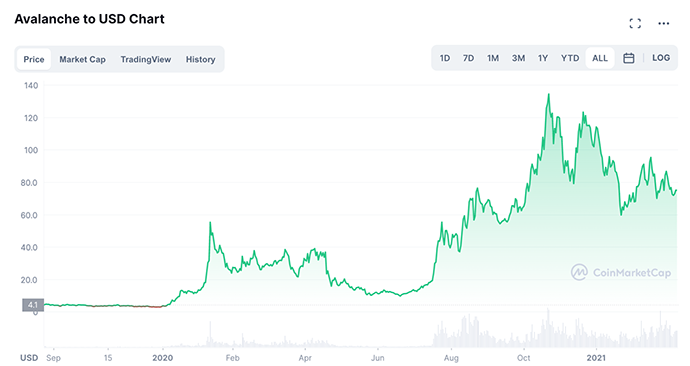
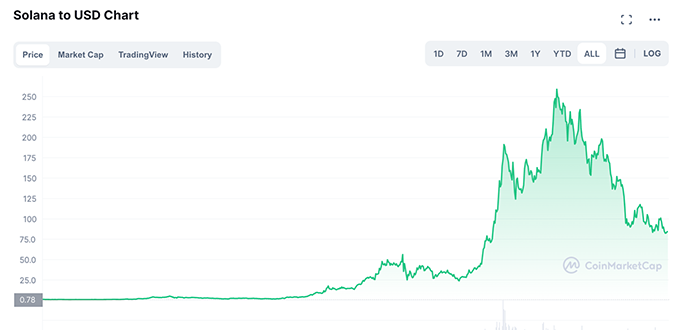
So how do you find good altcoins to invest in? How do we know where to find the next $AVAX or $SOL?
Investment Criteria
It’s not easy to evaluate altcoins, but knowing what to look for sure as hell helps. Below are the top factors we take into consideration, in no particular order.
Market Cap
The market cap is the total dollar market value of a company’s outstanding tokens. It’s essentially # of tokens * token price, so if you have 100,000 tokens worth $100 each for a token $EXAMPLE then the market cap of $EXAMPLE is $10,000,000 (10M).
The lower the market cap is, the riskier the play is. It’s likely a newer project, prone to price fluctuations. While the risk is certainly greater, so also is the reward.
If you believe $EXAMPLE has a market cap potential of $100M, then you may be able to 10x your investment.
If you wait until $EXAMPLE is at a $50M market cap, it might be a safer investment at this point than it was at $10M since it’ll be more proven, but you may be able to only take 2x your investment.
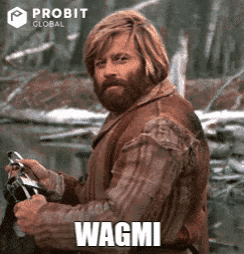
Tokenomics
Tokenomics is certainly one of the most important factors to consider.
In short, tokenomics determines the supply of how tokens are distributed for a project, and fall into three types:
- Fixed Supply: When there is a predetermined number of tokens for a project. $BTC is the best example, with a maximum of almost 21 million.
- Deflationary: When there is a mechanism to reduce the current supply of tokens such as $BNB. The project buys a certain amount of $BNB and then burns that amount, reducing supply every time $BNB is burned.
- Inflationary: When more tokens are distributed, and there is no cap as to how many can be distributed. One such example is $ETH. In the case of many inflationary tokens, you can take your token to earn rewards in that token. In fact, one can argue if you’re not accumulating more, your existing stack is losing value.
Fixed supply and deflationary are usually ideal over inflationary tokens.
And just to keep you on your toes, bear in mind that it’s possible for a project’s tokenomics to change.
Team
Like with any company or project, you want to understand the team behind it, and cryptocurrency projects are no exception. The most important things in analyzing the team:
- Are they doxed or fully anonymous. The former is much better. It might not be everyone who is doxed, but the more people and the more senior the doxed members are, the better.
- What is the team’s experience? Do they seem credible and legit?
- Has leadership or the team shipped cryptocurrency projects before?
- What is the team’s reputation?
Unfortunately, the last three questions can only be accurately assessed if at least some team members are doxed.
Innovation & Utility
Some questions to ask here:
- Do the project’s mission statement and goals make sense?
- Are you able to understand what problems the project is trying to solve?
- Is it a realistic solution to a problem?
- Is it just a copycat of other projects? If so, does this need to exist?
You don’t have to be able to answer all of these questions perfectly, but you should definitely look to understand the project better with these questions in mind. Follow the project’s Twitter and join their discord to communicate with the team and other people who follow the project.

Pros of Alt Coins
- They have potentially great returns
- Alt Coins enable more projects and are the future of cryptocurrency
- It’s similar to investing in startups, but you don’t need to be an accredited investor
Cons of Alt Coins
- Unfortunately, they are high risk. Most altcoins go to 0, and many are rug pulls.
- There are thousands of options to analyze, with new ones emerging each day.
Summary
Altcoins are extremely important to the future of cryptocurrency. With altcoins comes innovation and the potential to get huge returns on your investment.
But they are not without risk. It’s not uncommon for altcoins to be rug pulls, to be quit on before the project is finished, or just turn out to have crappy execution – all of which can cause the value of a given altcoin to go to 0.
If you’re investing in altcoins, make sure to do your due diligence to understand the team and project better. DYOR (do your own research) is critical, and although research alone won’t be enough to know whether a project will be successful or not, it will at least give you a framework to better analyze projects in the future.
However, if you don’t want to go for the high-risk plays, there are certainly gains to be made with the more established altcoin projects such as $ETH, $AVAX, and plenty of others with a great reputation and high market cap.
Like anything, investing in altcoins is all about analyzing risk vs. reward.




